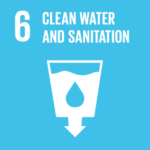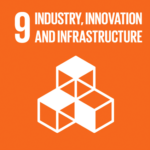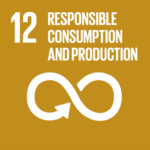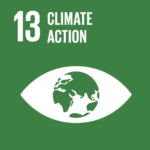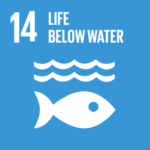Meet the Scientists of the Future Bioeconomy part 4: Searching for the genetic code of colors
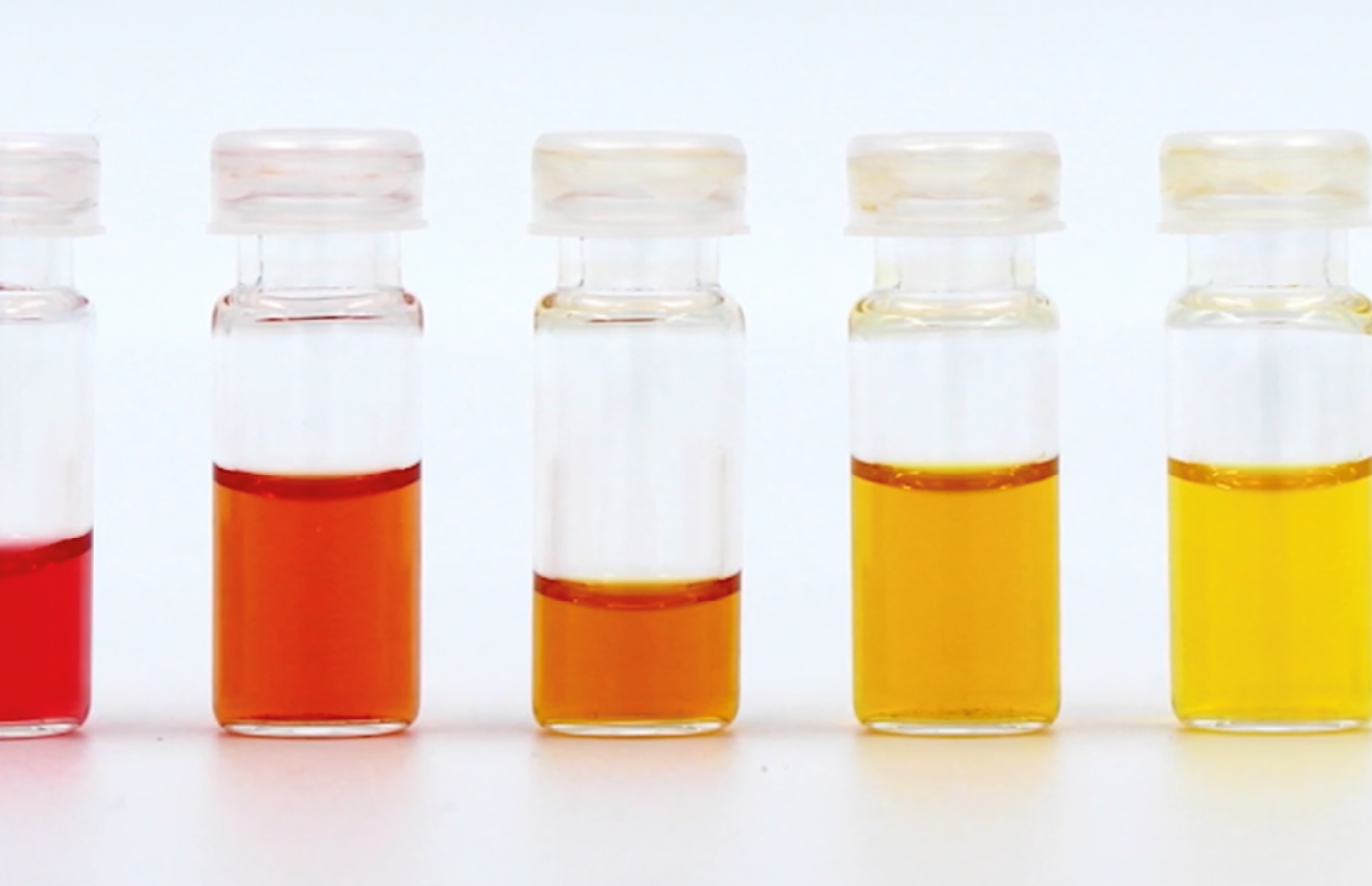
Blog - Published 31.3.2021
The colors we use to dye our clothes are a burden to the environment. The researches in the BioColour -consortium have taken this challenge seriously and are searching for the solution from the world of amazingly versatile microbes – with some very encouraging results. As a part of the project, research scientist Satu Hilditch is exploring the genetic code in plants and mushrooms to find those snippets of DNA code that control the production of certain colors.
Our environment and fragile ecosystems suffer enormously from the chemical load produced by the over consumption and the modern way of life. One significant source of carbon emissions as well as chemicalisation is the textile industry which can be accountable for 20 % of the water pollution in the world. Although mankind has been using natural colors derived from plants, mushrooms and animals for thousands of years, 99 % of the pigments currently used to dye our clothes are fossil based synthetic dyes. One could cultivate plants to obtain pigments but replacing the synthetic dyes with only cultivated plant based dyes would simply not be sustainable since that would require too much agricultural land. The solution might be hiding on the Petri dish as synthetic biologists believe they could produce in the future any color with the help of microbes.
Fueling the microbes with side streams and waste
The aim of Hilditch work is to replace synthetic dyes by developing more sustainable bio-based dyes in a process creating a lot less toxic chemical waste. Together with her colleagues, she has been studying alternative natural sources for pigments. She describes the advantages of biotechnology in color production: “We can take only the genes that are responsible for production of the colours of our interest and express them in a host organism that can easily be grown in closed bioreactors at large scale.” This means that we can take a gene that produces color from a plant or another organism and insert it to another organism that is more suitable for industrial use.
For the moment the researchers have fed the color producing organism with sugars and side streams from for example the food industry. In future it could even be carbon dioxide that feeds the microbes – multiplying the the environmental benefits!
The fascinating research work led by professor Merja Penttilä and carried out by scientists, Mervi Toivari, Geza Szilvay and Satu Hilditch is part of the Academy of Finland funded BioColour project – a large multidisciplinary research community bringing together dozens of researchers from ten different universities and research centers in Finland and abroad to tackle the challenges of dyeing and producing colors in a more environmentally sustainable way. The consortium brings together an impressive amount of expertise in agriculture, applied plant science, chemistry, bio-sciences, toxicology, material science and technology, design research, information and communications technology, data science and consumer studies.
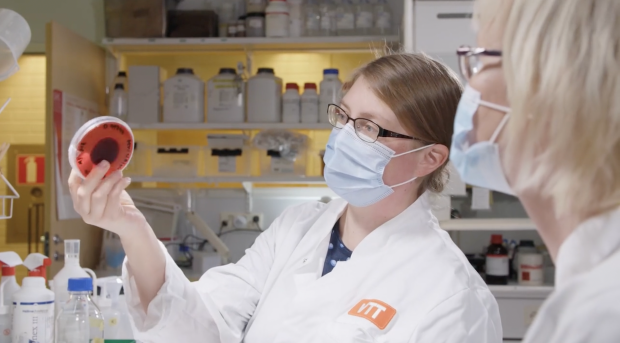
New properties, better properties
In addition to being the ecologically sustainable path – researchers believe that biotechnology could also solve the other challenges of dye production. The aim of the research is not only to replace the traditional dyes, but to make better quality dyes. “Well, they have to be good, so that they can be used in a normal dyeing process, they should be colorfast, should not fade and the textiles should be washable. And, of course, they should be beautiful colors”, explains Geza Szilvay about the multiple demands for colors used in dyeing.
Researchers in BioColour have achieved promising results creating beautiful colors safe to the environment and human health, but there is still work to be done. The aims of the project still include creating a database of natural colors and diving deeper into the properties of pigments. “The diversity of natural colors is really broad. They can also have additional interesting properties, for example have antiviral, antimicrobial or UV protective properties. In the future we can potentially modify the properties by tailoring the molecular structures.” explains Mervi Toivari.
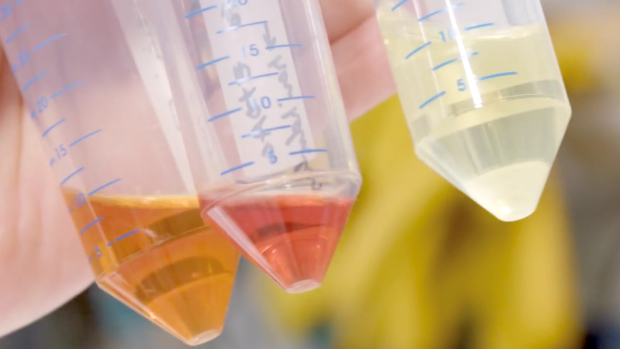
Exploring new frontiers
The aim of Satu Hilditch is to find and isolate the genes coding for color production and express them in the host organism that performs well in bioreactors. The colors are secondary metabolites and the color producing genes are often packed in clusters in the genome. The color producing synthesis pathways are often complicated and although some organisms have their genome sequenced, the world of genomes is a vast, still partly unknown territory for researchers to explore. With the help of the new gene editing tools such as CRISPR, synthetic biology allows the researchers to proceed faster than before. This part of the research work can be truly gratifying according to Satu Hilditch. “It’s really exciting to find new genes and show that the proteins they code for are responsible for certain reactions. There are so many genes to be found, and when you are able to reveal their functions, it’s quite cool to go home and think: I know something that nobody else knows.”
Massive challenges require collaboration
The challenges facing mankind are so big that the solutions demand multidisciplinary collaboration and knowledge sharing. The progress in sustainable bio-materials research and development have taken huge leaps in recent years, and biotechnology has brought in totally new dimensions due to new methods of gene synthesis and genome engineering, for example. The future looks bright regarding the challenge of replacing synthetic dyes. It supports the climate action and other UN sustainable development goals as it promotes sustainable innovations, production and consumption. Solving the problems of the textile industry can also be considered as a concrete step forward in safeguarding the fragile marine ecosystems and access to clean water for all.
Biocolour project is a splendid example of how joining forces and sharing expertise for the good of the environment and a more sustainable way of life could pay off.
More information about the consortium: https://biocolour.fi/en


Agenda2030
The project supports the climate action (13.) and other UN sustainable development goals as it promotes sustainable innovations, production and consumption (9., 12.). Solving the problems of the textile industry can also be considered as a concrete step forward in safeguarding the fragile marine ecosystems (14.) and access to clean water for all (6.).
Meet the Scientists of the Future Bioeconomy
The future of our bioeconomy is in the making. In this series we present the scientists and science behind the groundbreaking discoveries that will have a great impact on a sustainable circular bio economy. How will synthetic biology, advanced biomaterials research and new applications using lignocellulosic fractions contribute to a more sustainable future? In this series you will be invited behind the scenes to meet some of our most brilliant young scientists working on solving some of the most pressing challenges of our time.

